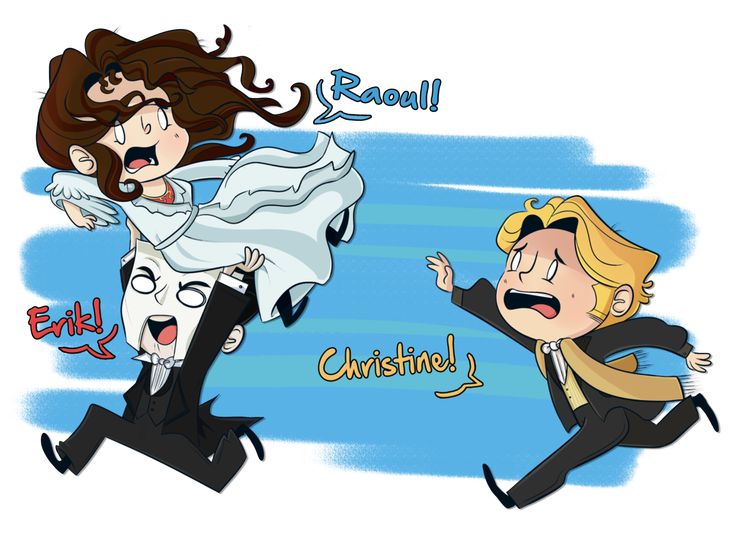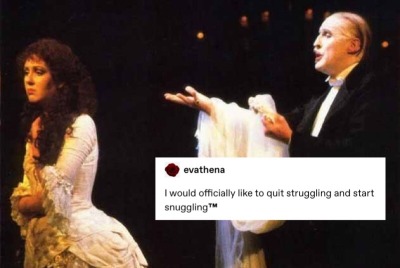

"I wanted a comic actress for obvious reasons," Schumacher said. Minnie Driver, who plays the arrogant, devious soprano Carlotta, is a singer in real life - but not an opera singer.ĭriver is the only cast member whose screen singing is performed by another person. It also explains the Phantom's relationship with get a better understanding of his relationship with Madame Giry, played by Miranda Richardson, the opera's ballet mistress, who is his protector and seems to be the only one who understands his motivations. Lloyd Webber said moviegoers will get a taste of "the backstory of the Phantom, what he was like as a little boy. `Why? Who is the Phantom? How did he get there?'" Schumacher said. "I said to Andrew that movie audiences need whys and wherefores. How did the Phantom come to live in the underground lake below the Paris opera house?Īlthough the stage show doesn't answer the question, the movie includes a flashback sequence to put his past into perspective. `Will you grow up please? There's no ghost here, girl.'" and who's this voice speaking to her? I think if she's older, you just want to smack her. I wanted the relationship with the Phantom to be more of a sexual, passionate, darker, more obsessive, more destructive relationship," Schumacher said. Onstage, the characters are usually played by much older actors. He then unleashes his rage when she falls in love with another man, her childhood sweetheart Raoul.įor the film, the composer and director selected Emmy Rossum, who was 16 and turned 17 during filming as Christine, and Gerard Butler, who was 34, as the Phantom.

The story involves the Phantom, a mysterious masked man, who manipulates the young opera house chorus girl, Christine, by speaking to her from the shadows and pretending to be the ghost of her dead father. It's very different from what it is in the theater, which is a vague act of revenge toward Christine." "What the Phantom's doing is destroying the whole world he loved by that one action.

"It's a big change from the theater show if they analyze it, and I hope they don't," said the composer, who also served as screenwriter and producer.

Since films don't commonly have intermissions any more, Lloyd Webber said he proposed moving that famous moment to the end of the movie, which changes the climax of the story. In the play, the Phantom sends the opera house's massive chandelier crashing to the stage right before the intermission. In its journey from stage to screen, Andrew Lloyd Webber's musical underwent some tailoring to mend the holes in the gothic love story.įor the nearly 80 million theatergoers around the world who have seen it since it debuted in 1986, here are some new things you'll see in the film: "The Phantom of the Opera" required a makeover for his close-up.


 0 kommentar(er)
0 kommentar(er)
